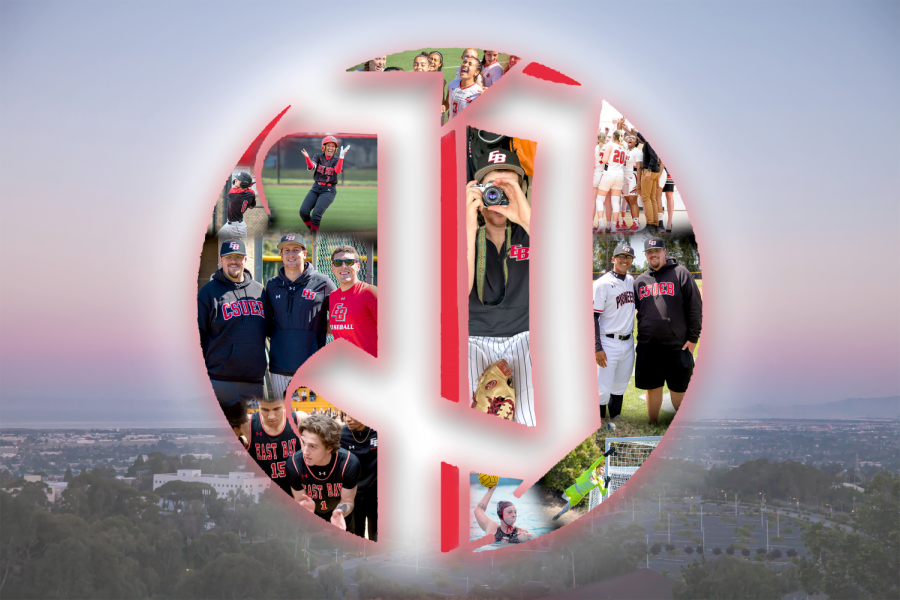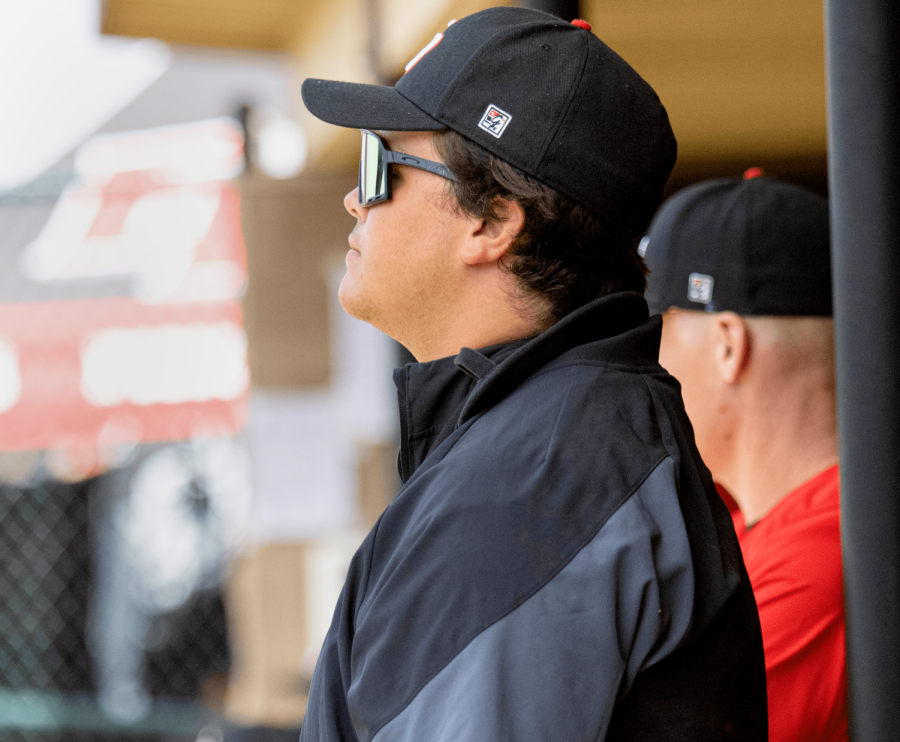Sports reporter Jenn Sterger told ESPN, “My implants got my foot in the door, but I truly don’t believe that they are the reason I am still around,” following her removal of the implants in 2009, just a year after her ‘sexting’ scandal with football player Brett Favre.
Mexican sidelines reporter Inés Sainz was accosted and harassed by New York Jets players in the post-practice locker room in September 2011, and consequently faced media scrutiny due to her “provocative” dress.
Sterger and Sainz are representations of the struggles female reporters deal with. Women reporters are models first, journalists second in an attempt to sexualize correspondents for sports fans and players.
The sports industry has been a constant struggle for women, as a “machismo” view has dominated the field with nonsense ideas that women would never be as talented in the field as men.
As women like Gayle Gardner proved them wrong in 1983 by becoming the first female sports anchor for ESPN’s SportsCenter, tremendous advancements have been made for women in sports.
Yet, the misogyny and sexism have not disappeared. As Sterger and Sainz can attest, women are still being judged on their looks first, talents second.
The stereotypes that echoed after these incidents have created roadblocks for all women pursuing a career in sports media. A pretty girl in front of a camera reading questions off prompters is a modern depiction of a female sports reporter. This has truly become the glass ceiling for women in sports journalism.
According to the Associated Press Sports Editors, the percentage of women in sports departments rose from 6 percent in 1991 to 13 percent in 2001 at newspapers nationwide. Since 2001, the number of female sports journalist has dropped significantly.
The lack of women represented in the sports industry isn’t just a problem for the United States. The Guardian reported in a survey by the campaigning group Women in Journalism, that only 3 percent of sports journalists in the United Kingdom are women.
In 2012, we can reflect on all the progress made since legislation was created to further protect women’s 14th Amendment rights. Past pioneering women have set an important achievement by allowing women to be in the locker rooms and press boxes to do their job, just like men.
Yet, if women like Sterger and Sainz cannot feel comfortable going into locker rooms to do their jobs and feel they have to enlarge their breasts to appeal to societal pressures to look like a stereotypical plastic model, then as a society we have not done enough for gender equality in the workplace.
There is something clearly wrong with sports media in this country when a job requirement for a reporter is to be attractive. Physical beauty does not make a reporter better, yet the media industry has enforced this silent rule and thus diminishes the integrity and importance of journalism.
Sainz’s harassment case in 2010 shows how far we have come.
The challenge for female sports journalist in 2012 is to break through the gender stereotypes of just being eye candy. Once superficial qualities can be set aside, the serious women seeking careers as sports journalists can prove their intellectual and professional abilities in the industry.
The NFL has the “Rooney Rule” that encourages teams to interview at least one minority candidate when hiring a new coach. Since this rule was enacted, the amount of minority coaches hired has tripled. This type of policy could set the standard for an era of innovation for all companies.
This policy wouldn’t just hand the minority the job, but rather allows them to have an equal shot at it.
That’s all that women are asking for: an equal shot.
With the lack of women in managerial positions in the sports media industry, there won’t be drastic changes any time soon in achieving gender equality in sports media.
Women comprise an expanding segment of the sports audience across every league or game. As Forbes reported in 2011, women make up more than a third of the audience for major events like the World Series and NBA Finals. 40 percent of self-described NASCAR fans are women. Almost 46 percent of the audience for Super Bowl XLV was female. That same enthusiasm for sports is reflected in the growing numbers of women reporting on sports.
With journalistic skills, a great work ethic and knowledge to back their passion for sports, women can excel in the sports industry, regardless of breast size and plastic enhancements.
Writers and analysts deserve to be evaluated for the merit of their work. Yet, when we focus on female reporters’ physical
attributes we fail to recognize their intelligence and skill. Women deserve more than this, and as sports fans and sports viewers we owe that to each individual.











